The resort town of Catalina Island lies just 26 miles southwest of Los Angeles. The island is home to excellent hiking trails, hidden beaches, and cliff-jumping spots. Guests can reach the many vacation rentals and homes by ferry or helicopter.
More than 100 years ago, mule deer were imported to the island for the purpose of sport hunting. However, California officials must make a difficult decision: get rid of the deer to save the island or appease locals who have grown attached to the animals.
Popular Tourist Destination in California
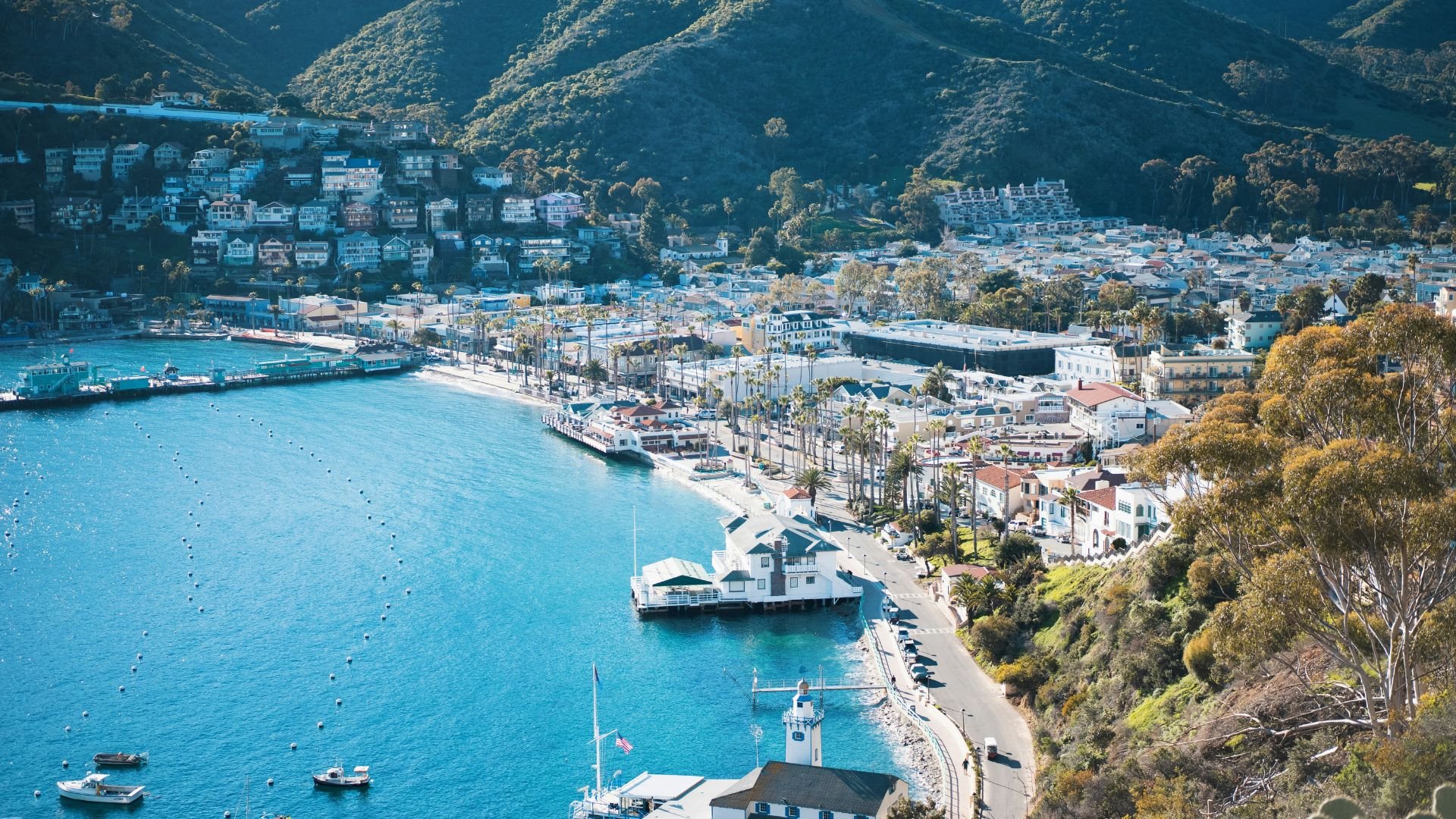
In addition to the 3300 residents who inhabit the island, Catalina attracts more than one million visitors annually and contributes millions to state taxes through tourist dollars.
Guests visit for the small-town vibes and the lush hills surrounding the magnificent homes that transcend the island’s coastline.
The Hidden Danger of Mule Deer
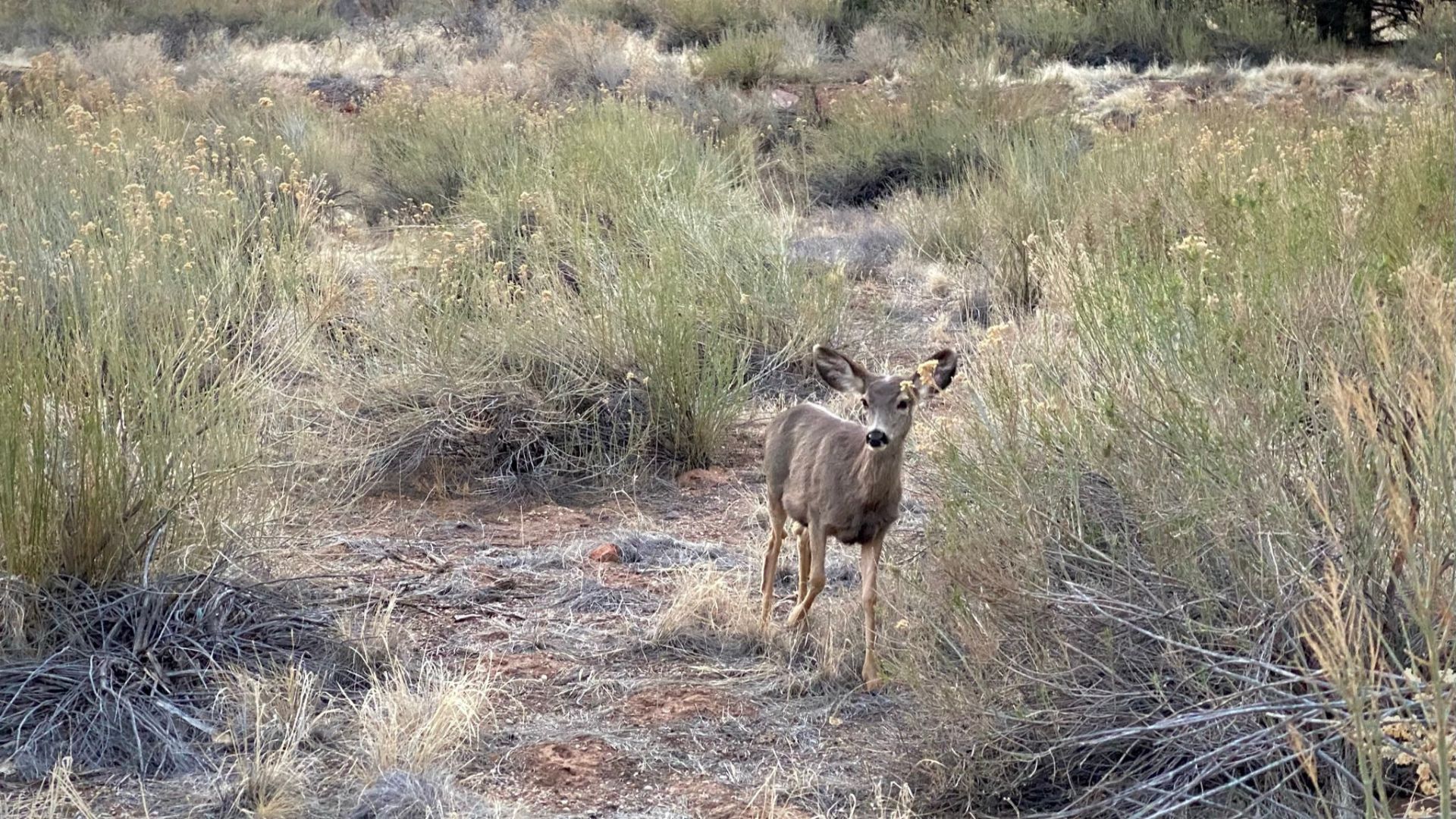
Although the small island might look like a haven of lush forests and thriving wildlife, an insidious threat lurks throughout the brush in the form of an invasive species.
Scientists are now worried that the explosive population of mule deer threatens the island’s ecology. According to the Catalina Island Conservancy, more than 2,000 deer currently live on the island.
Ecologists Are Concerned About a Threat to the Island
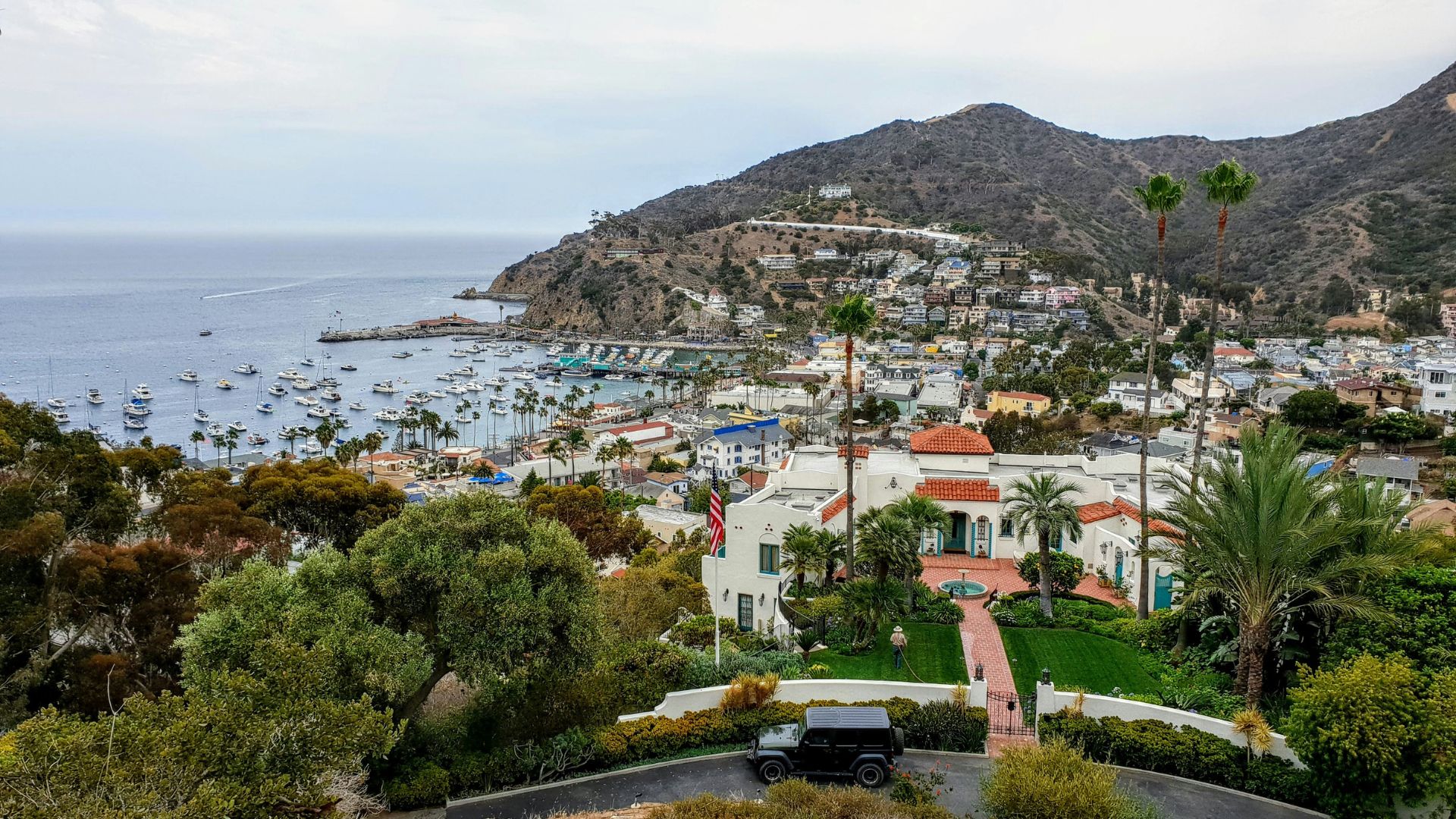
Due to the island’s lack of natural predators, deer have caused distressing issues to the island’s plants and natural habitat.
The herbivores have taken to eating native plants on the island, creating more space for invasive dry grasses to sprout. The main concern that the destruction of the native plants causes is that it creates more kindling for wildfires to spread. On a secluded island, a small wildfire could become disastrous in minutes.
California Attempting To Avoid a Repeated of Events in Lahaina

On August 8th and 9th, 2023, a vicious wildfire broke out in the town of Lahaina, Hawai‘i. Due to the quick spread of the fire and the tight streets on the small island, 101 fatalities were recorded, and the entire town, including historical sites, was destroyed.
Following the tragedy in Lahaina, many American cities that have faced their own wildfires resolved to take the issue more seriously. California is now working to eliminate any similar disasters that can be avoided.
Catalina Is Now Practicing Proactive Conservation Efforts
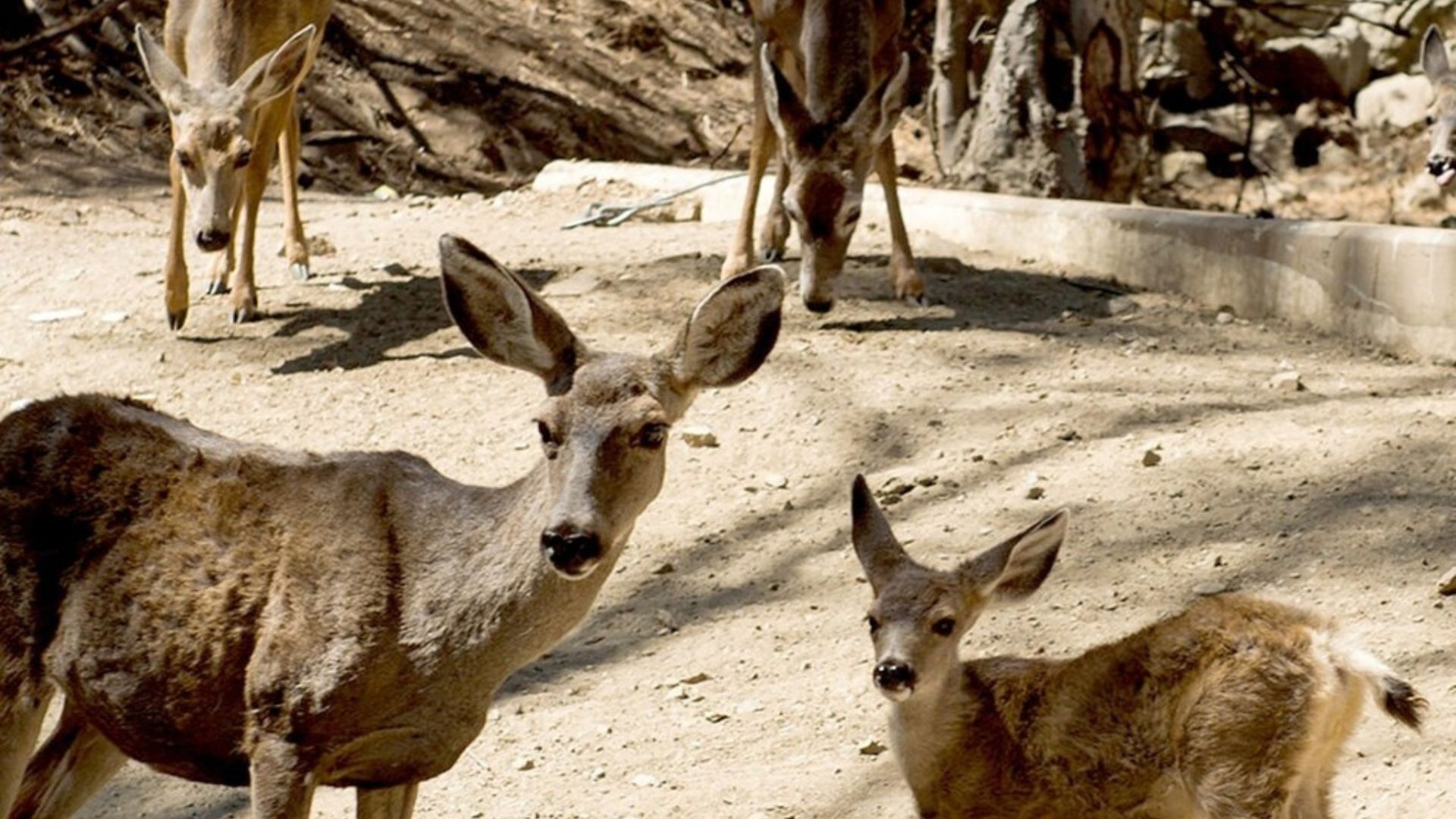
The township must take precautions, including culling the entire deer population to keep the island intact in the event of an emergency or blazing wildfire.
As the deer graze and work their way across the uninhabitable center of the island, they eat fresh greenery and leave dry grasses and leaves behind that pose an immediate threat to fire safety.
Invasive Plants in California are an ongoing issue

San Diego Bay has also been dealing with an outbreak of invasive plants that pose an immediate threat to the ecology and safety of the waterways. The algae, most likely dumped from a resident’s unwanted home aquarium, stands to strangle thousands of miles of coast and decimate wildlife.
Every year, towns and cities around the state receive hundreds of millions in funding to help eliminate invasive plants and animals that create larger infrastructure problems down the road.
Fences Constructed To Keep Deer Away From Beneficial Plants

The first step in the island’s conservancy efforts was to create exclosures to keep deer away from fresh, green plants.
In the areas where deer have been kept out, the island’s natural biodiversity flourished. Experts noted bigger and more diverse plants and flowers that would, in turn, be moist enough to quell any large forest fires.
Experts Have Now Floated the Idea of Eliminating All Deer

Now that a controlled test has been recorded, experts, such as scientists and ecologists, suggest culling the deer to restore the rest of the island’s plant life to normal and natural levels.
Experts note that one small action could have a myriad of ripple effects across the island and the state. The more native plants and flowers that grow on the island, the more natural animals can return to their rightful habitats.
Residents Are Upset About Elimination Protocols

However beneficial the removal of deer will be to the island, local residents are upset about the methods.
Complete elimination includes a sanctioned hunting event, where officials will shoot deer from helicopters to decimate the population. This culling event includes killing deer of all ages and sizes.
Similar Debates Happening Around the Country
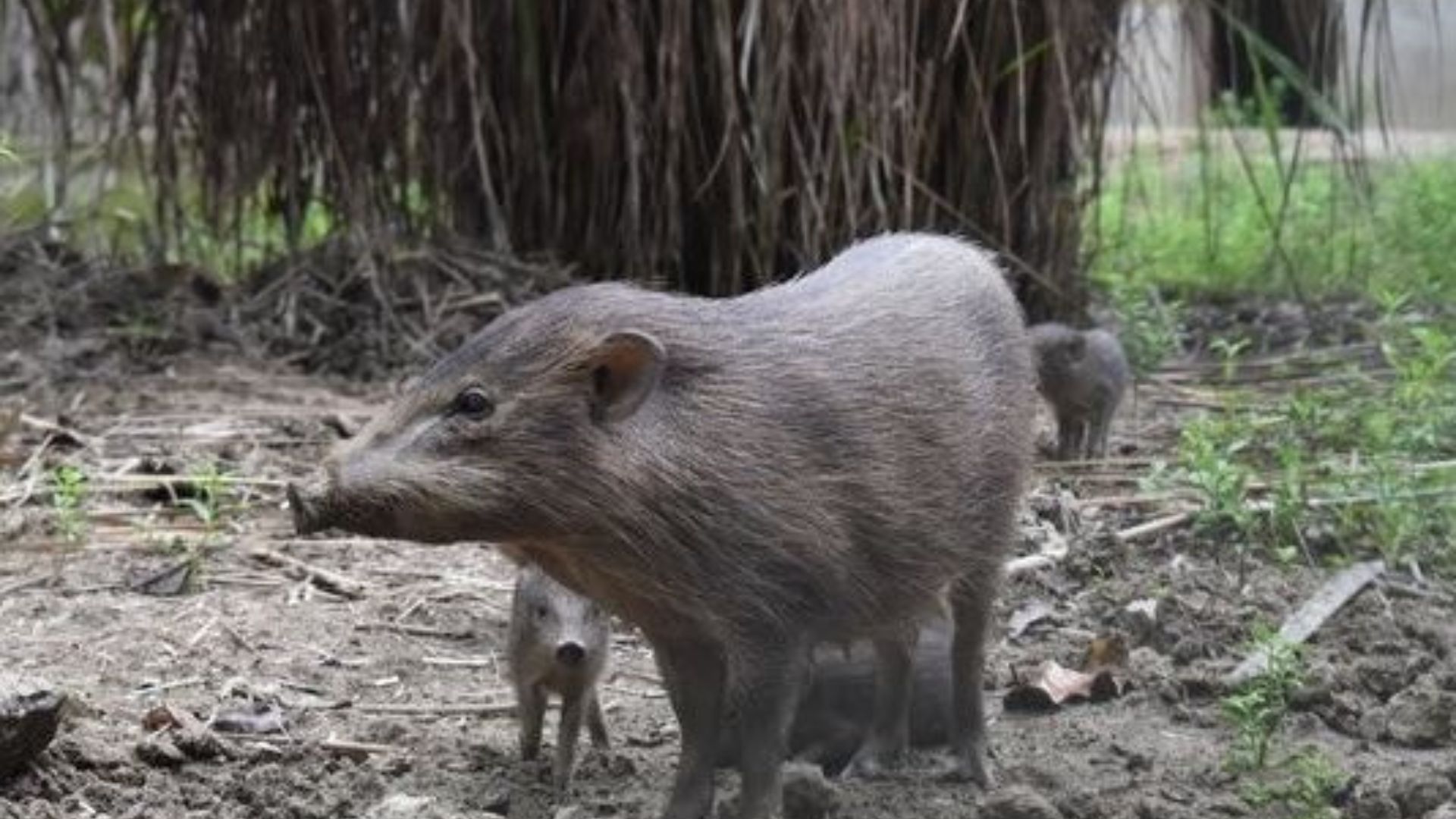
Although the practice seems cruel and unusual, the reality of allowing deer to continue on might cause millions in infrastructure damage if they’re not removed.
A similar debate has been happening in South Carolina. Feral hogs that thrive without natural predators have caused millions of damage to gold courses, riverbanks, and homes. Now, the state needs to step in to eliminate the growing hog population.
Humans Are Ultimately for the Deer Population
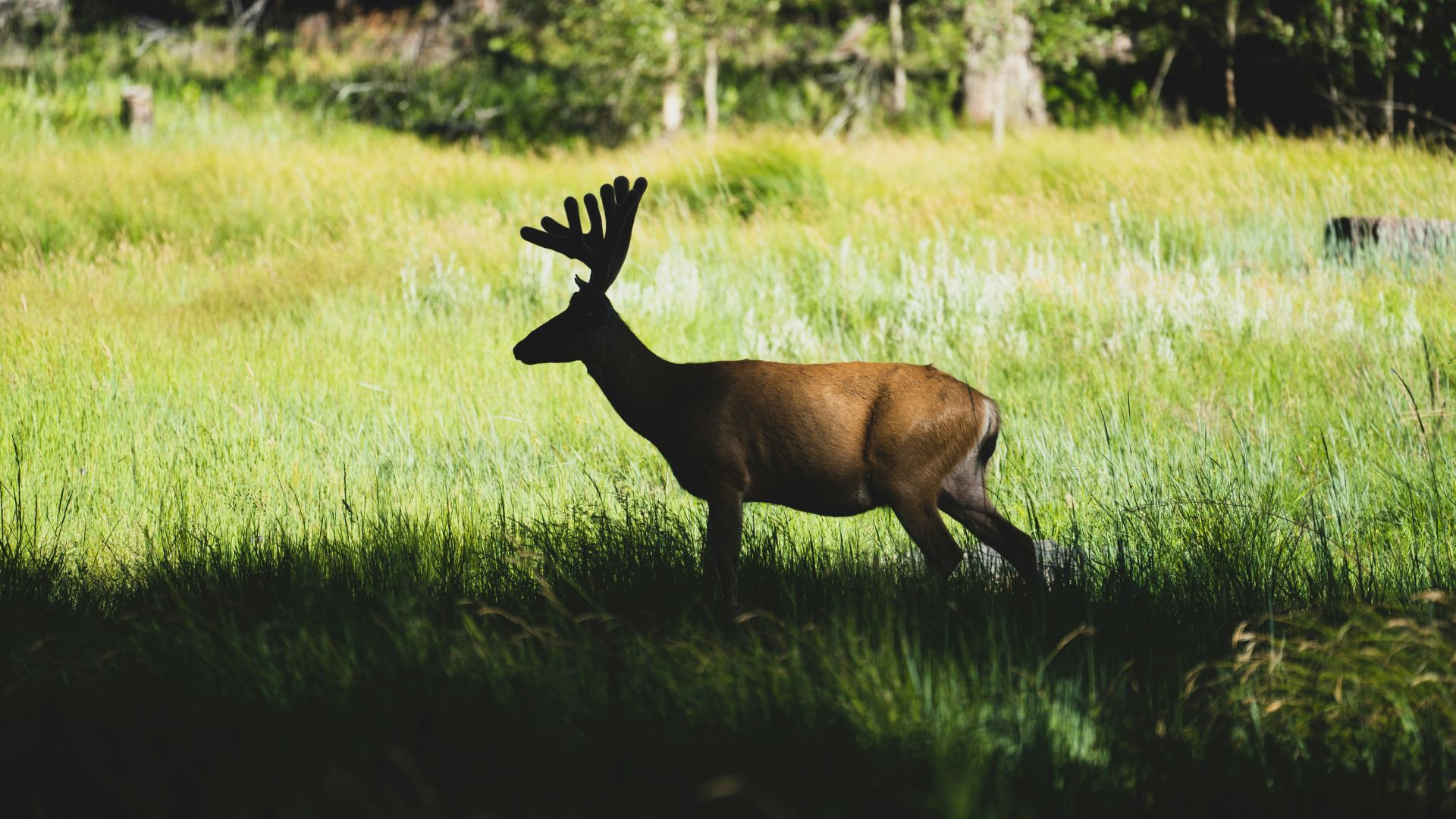
As uncomfortable as the situation might seem, humans are responsible for bringing deer to the island and changing the face of the ecology. If California wants to avoid a catastrophe similar to Lahaina, then getting rid of the deer is the best possible solution.
Dr. Winston Vickers, a wildlife research veterinarian who has participated in other eradication events, says that the quickest way to remove the deer population is the most humane. The fate of the deer will ultimately be decided by the California Department of Fish and Wildlife.








































